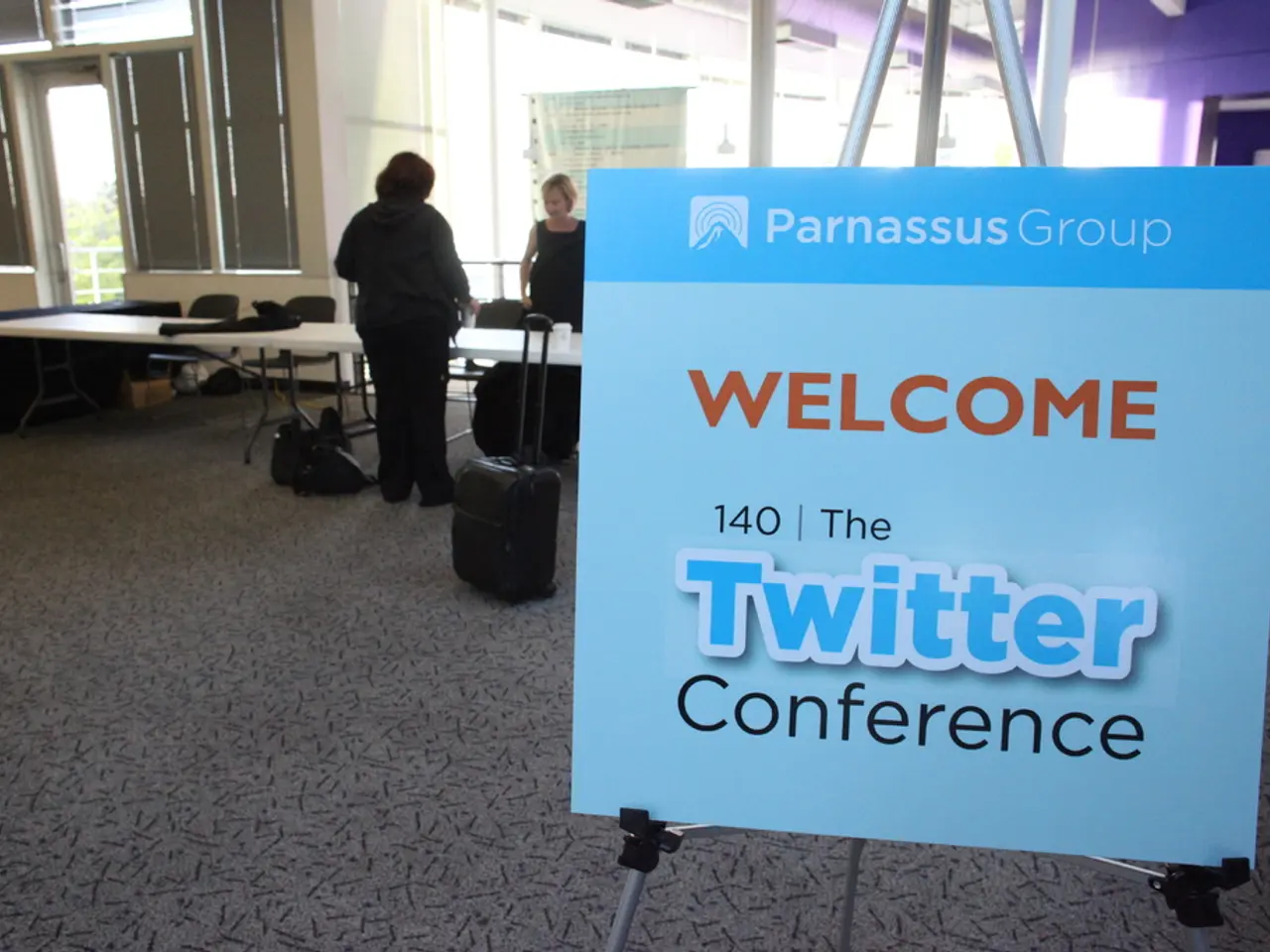Strategies for Crafting Stimulating Graphics on Social Media for Political Discourse
Creating Engaging Political Graphics for Social Media
In the world of political social media, effective graphics play a crucial role in shaping public opinion and raising awareness about electoral campaigns. Here are some key strategies to create engaging and impactful political graphics for social media platforms.
Strategic Design
To cut through the digital noise and build trust, political graphics should be strategically designed, culturally tuned, emotionally compelling, easy to understand, and designed for quick sharing in networked environments.
Narrative-driven Visuals
Use story-like structures with emotional and cognitive engagement to boost viewer connection and trust. Graphics that evoke strong feelings increase attention and loyalty.
Cultural Relevance
Incorporate symbols, colors, and imagery aligned with the audience’s cultural context to deepen emotional resonance and avoid alienation. Regional motifs and familiar iconography can make content more relatable and memorable.
Conciseness and Clarity
Short, bite-sized formats like quick videos or infographics work well to capture limited attention spans on social platforms. Brief 10-15 second videos can go viral and spread messages faster, while longer content allows detailed policy explanation when needed.
Visual Storytelling and Semantic Strategy
Designers should focus on organizing meanings and power, not just aesthetics. This means choosing what to visualize carefully, considering political implications and the designer’s role in framing narratives.
Integrated Narrative Ecosystems
Amplify messages across multiple platforms and coordinated networks to unify narratives and scale local wins nationally, combating misinformation and strengthening voter engagement communities.
Attention to Typography and Layout
Effective graphic design must carefully use typography, spacing, and balanced layouts for readability and impact, transforming complex ideas into accessible visuals.
Diversity and Cultural Sensitivity
Designs should reflect the diversity of the electorate, avoid stereotypes, and be reviewed by local advisors or focus groups to ensure cultural sensitivity.
Platform-specific Requirements
Each social media platform has its requirements and best practices for images and videos, so it's essential to know your platform. Including faces enhances emotional connection, but balance is needed; use visuals that also highlight volunteers, issues, or voters.
Visual Punch
Make sure graphics pack a visual punch with bold colors, powerful images, and strong text. Make sure the text is clear and easy to read, keeping it simple and to the point.
Timeliness and Relevance
Create graphics that are timely and relevant to current events to ensure the message reaches the right people at the right time.
Design for Sharing
Political and social media designers often create GIFs, short videos, and other engaging visuals for various platforms. Keep it simple and use images and text that are easy to understand and digest. Regularly update your content to keep things interesting.
Adaptability
Political social media designs should also consider the constantly changing landscape of social media and be adaptable to various platforms.
Inclusive Design
Use high-contrast colors, legible fonts, alt-text for images, and avoid cluttered visuals to make content more inclusive.
Testing and Iteration
Test, test, test different design elements until you find what works best for your audience. Templates can be updated every few weeks to reflect new phases, events, or issue-based shifts in the campaign.
Bold and Memorable
Bold visuals, relatable messaging, emotional triggers, share-worthy slogans, and timing aligned with trending topics or events can make a political social media graphic go viral.
Urgency and Call-to-Action
Use bold colors, countdowns, call-to-action phrases, and visual cues like arrows or red outlines to create a sense of urgency in political posts.
Motion and Engagement
Motion graphics, short-form videos, and carousel posts increase retention, convey complex messages better, and boost engagement.
Color Scheme and Tone
Choose a color scheme that reflects the overall tone of the campaign, whether it's energetic and enthusiastic or sleek and professional.
Community and Authenticity
User-generated visuals can promote authenticity, engagement, and community participation in the campaign narrative.
Brand Recognition
Consistent visuals build brand recognition, trust, and reinforce the campaign’s core themes and values across all content.
Measure and Analyze
Pay attention to engagement metrics to see what's working and analyze your results. Design helps create visual impact, increase engagement, and communicate a candidate’s message effectively across platforms.
Contact Us
One way to get in touch is by filling out the online form on the site or giving a call at 91 9848321284.
- Incorporating the candidate's brand logo and consistent colors in the visuals can help establish brand recognition and reinforce the campaign's core themes.
- To enhance viewer engagement, utilize social media trends, popular memes, and viral topics in a tasteful manner, ensuring that the graphics remain relevant to current events.
- Collaborate with influencers or celebrities on social media platforms to create engaging content that is targeted towards a specific demographic and can help boost the reach of the political messaging.







